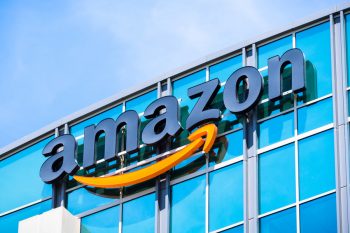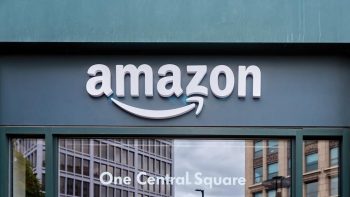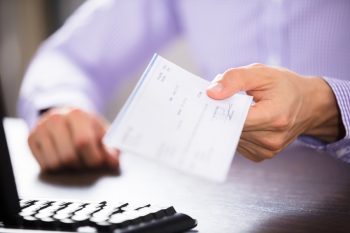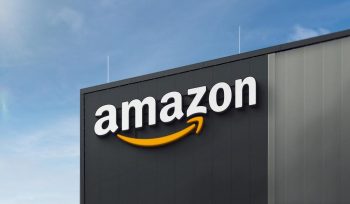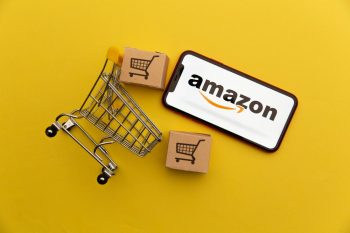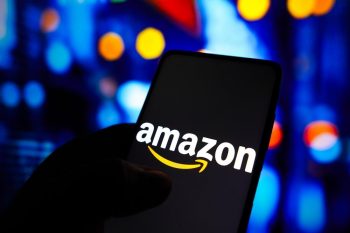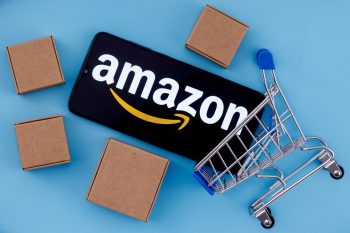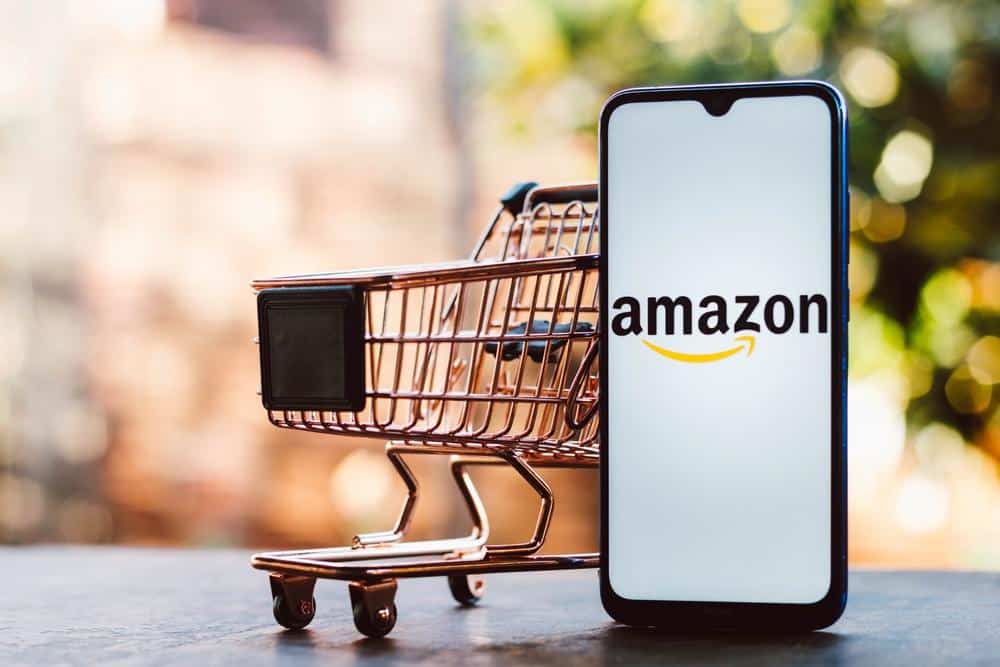
Amazon, the e-commerce giant, has revolutionized online shopping with its vast product assortment and speedy delivery. It’s a one-stop shop for consumers worldwide, but have you ever wondered how Amazon gets its products? From everyday household items to high-end electronics, how does Amazon source such a wide variety of products?
Amazon gets its products through various sourcing methods including retail and online arbitrage, wholesale, dropshipping, direct purchases from manufacturers, sourcing from brands or distributors, and other online marketplaces. Additionally, they also offer a service called Fulfillment by Amazon (FBA), where businesses store and ship their products through Amazon. More recently, they introduced the Supply Chain by Amazon initiative, a fully automated set of supply chain services. The product acquisition process varies for international marketplaces, including registering as a seller, listing products with translations, and providing local language support.
Sourcing Methods
Amazon acquires its products through various sourcing methods. Here are the primary ways:
- Retail and Online Arbitrage: This involves buying products from retail stores or online marketplaces at a lower price and reselling them on Amazon at a higher price. Sellers leverage price discrepancies, discounts, and clearance sales to find profitable deals.
- Wholesale: This method involves sourcing products in bulk directly from manufacturers or authorized distributors and reselling them to consumers at a markup. This method requires building relationships with suppliers and managing inventory.
- Dropshipping: In this model, third-party suppliers handle the order fulfillment process, maintaining inventory and shipping products directly to the customers when an order is placed on Amazon.
- Direct from Manufacturers: Some Amazon sellers source their products directly from manufacturers, purchasing products in bulk quantities. This method allows for greater control over the product and often offers better pricing compared to intermediaries.
- Brands or Distributors: Sourcing from brands or distributors involves establishing partnerships or agreements with these entities to purchase and sell their products. This method may provide access to exclusive products or brands with established customer demand.
- Other Marketplaces: Apart from Amazon, there are several other online marketplaces from which sellers can source products. Examples include eBay, Walmart Marketplace, Alibaba, and Etsy.
- Retail Stores: Sourcing from retail stores involves purchasing products directly from brick-and-mortar retail establishments. This method allows for immediate access to products, enabling sellers to find unique or discounted items.
Fulfillment by Amazon (FBA)
In addition to these sourcing methods, Amazon offers a service called Fulfillment by Amazon (FBA), where businesses can use Amazon to store and ship their products. When a customer places an order, Amazon picks, packs, and ships the product on behalf of the seller. It also provides customer service for these orders.
Supply Chain by Amazon
More recently, Amazon announced the Supply Chain by Amazon initiative. It is an end-to-end, fully automated set of supply chain services that provides sellers with solutions to move their products from manufacturing locations to customers worldwide, leveraging Amazon’s vast logistics, warehousing, distribution, fulfillment, and transportation capabilities.
International Marketplaces
For international marketplaces, Amazon’s product acquisition process varies. It includes registering as a seller in the desired marketplace, selecting the appropriate marketplace, listing products with translations as needed, providing customer support in the local language, and choosing the right fulfillment option.
Impact of Amazon’s Acquisition Strategy
Amazon’s aggressive acquisition strategy and dynamic pricing model significantly impact the price and availability of its products. By acquiring companies in various sectors, Amazon diversifies its product catalog, increasing the availability of different types of products on its platform. Its dynamic pricing model ensures that the prices of products change multiple times a day based on factors such as market demand, stock levels, and customer behavior.
Conclusion
Amazon’s product acquisition process is a combination of strategic sourcing methods, advanced logistics, and innovative services like FBA and Supply Chain by Amazon. Whether it’s sourcing directly from manufacturers or through retail arbitrage, Amazon’s approach ensures a wide variety of products and competitive prices for its customers.
Understanding how Amazon gets its products offers valuable insights for sellers looking to expand their business on Amazon’s platform and for consumers interested in the behind-the-scenes operations of the e-commerce giant.
Frequently Asked Questions
What is the benefit of using Fulfillment by Amazon (FBA)?
The benefit of using Fulfillment by Amazon (FBA) is that it takes care of storage, packaging, and shipping of products for sellers. This allows sellers to focus more on their product and marketing, rather than logistics. Additionally, FBA products are eligible for Amazon Prime, which can increase the visibility and sales of the product.
How does the dynamic pricing model of Amazon work?
Amazon’s dynamic pricing model uses algorithms to adjust the prices of products multiple times a day. Factors such as demand, supply, competitor prices, and customer behavior are considered. This model helps Amazon to stay competitive and maximize profits.
What is the Supply Chain by Amazon initiative?
The Supply Chain by Amazon initiative is a fully automated set of supply chain services that provides sellers with solutions to move their products from manufacturing locations to customers worldwide. It leverages Amazon’s vast logistics, warehousing, distribution, fulfillment, and transportation capabilities.
How can a seller register in Amazon’s international marketplaces?
To register in Amazon’s international marketplaces, the seller needs to create a seller account in the respective marketplace. The seller needs to provide relevant business details, bank account information, and tax information. They also need to comply with the local regulations and Amazon’s policies.
What is retail arbitrage and how does it work?
Retail arbitrage involves buying products from retail stores or online marketplaces at a lower price and reselling them on Amazon at a higher price. Sellers leverage price discrepancies, discounts, and clearance sales to find profitable deals. It’s a popular method of sourcing products for Amazon sellers, especially for beginners.


